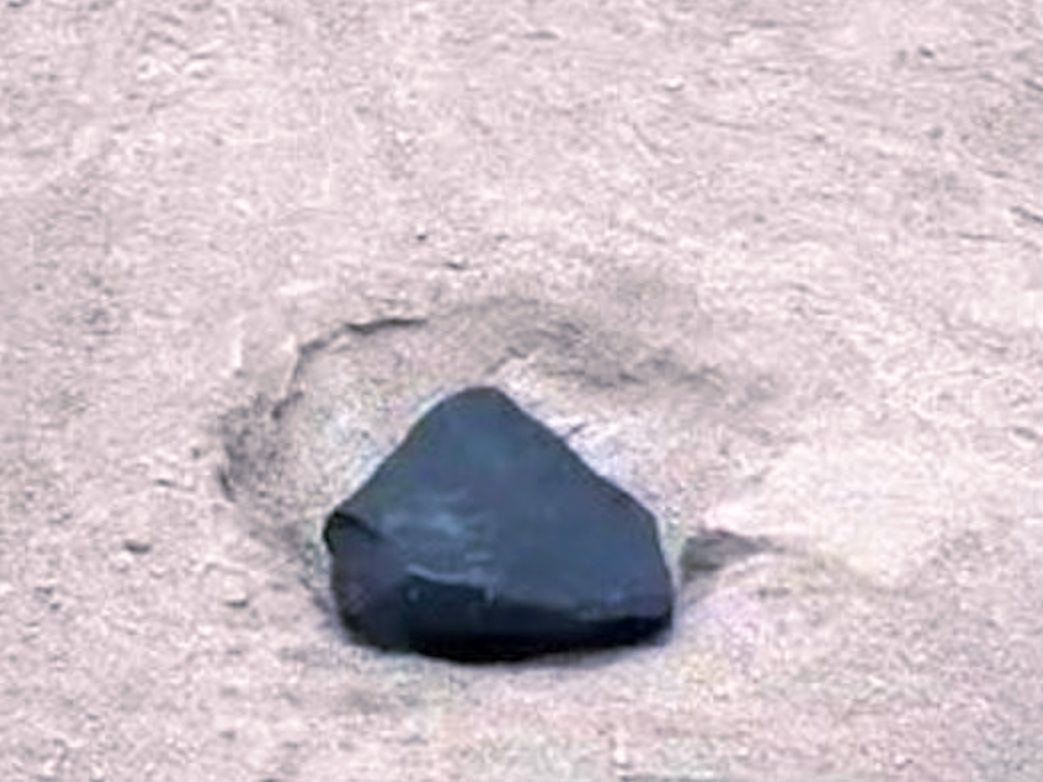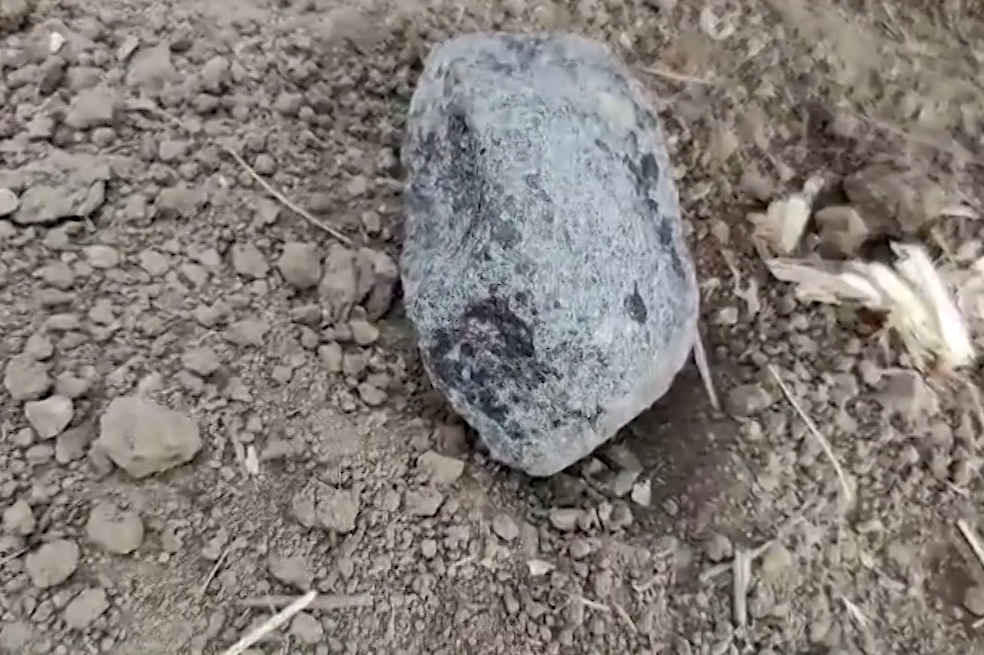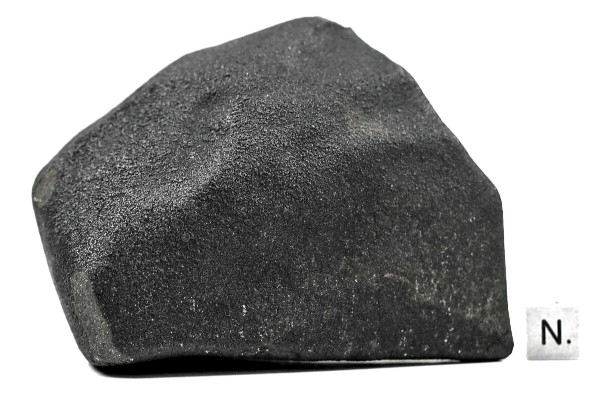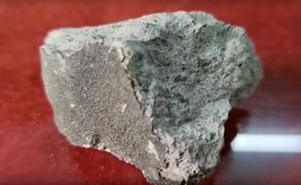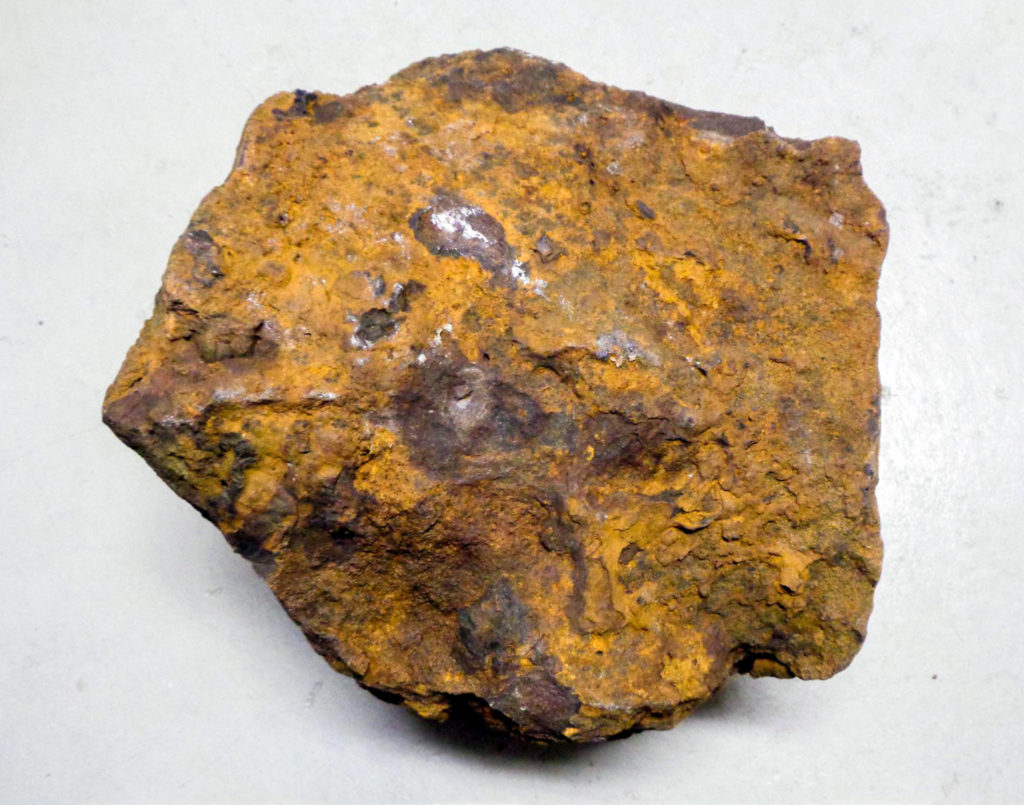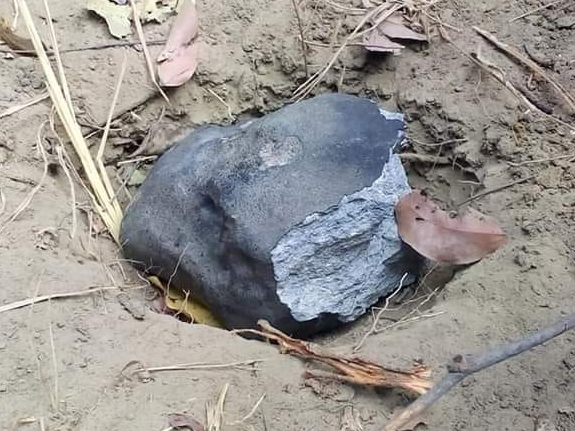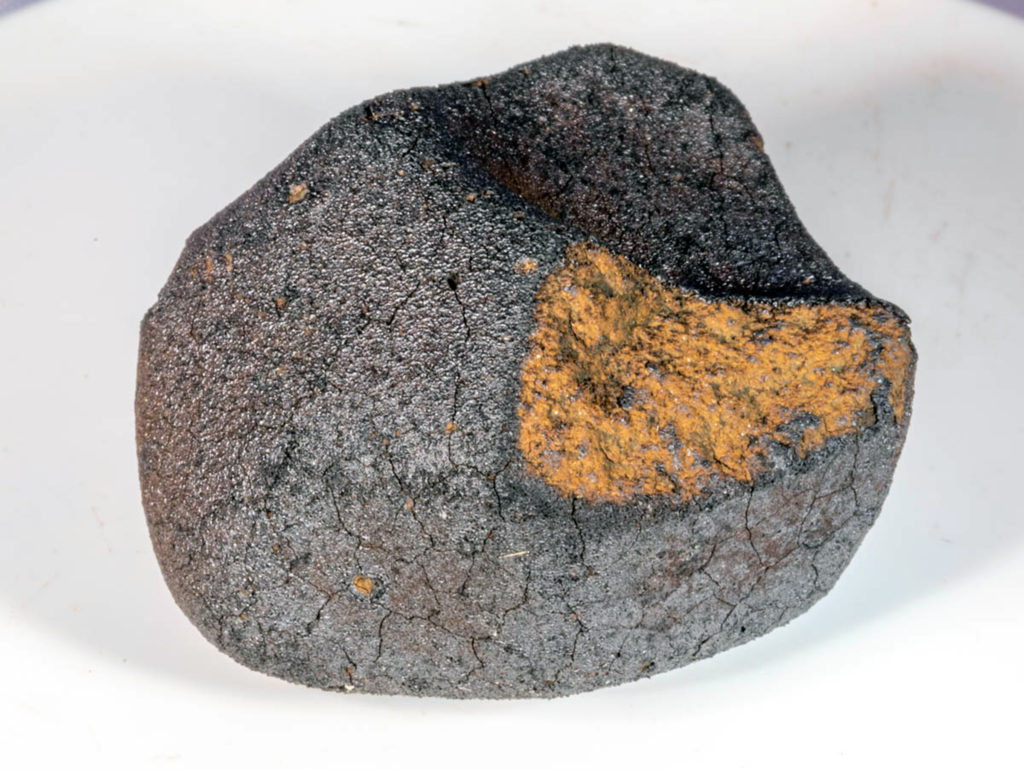A Paleoarchaean impact crater in the Pilbara Craton, Western AustraliaOPEN ACCESS
Christopher L. Kirkland, Tim E. Johnson, Jonas Kaempf, Bruno V. Ribeiro, Andreas Zametzer, R. Hugh Smithies & Brad McDonald
Nature Communications, Volume 16, Article number: 2224
LINK (OPEN ACCESS)
PDF (OPEN ACCESS)
“The role of meteorite impacts in the origin, modification, and destruction of crust during the first two billion years of Earth history (4.5–2.5 billion years ago; Ga) is disputed. Whereas some argue for a relatively minor contribution overall, others have proposed that individual giant impactors (>10–50 km diameter) can initiate subduction zones and deep mantle plumes, arguably triggering a chain of events that formed cratons, the ancient nuclei of the continents. The uncertainty is compounded by the seeming absence of impact structures older than 2.23 Ga, such that the evidence for the terrestrial impact flux in the Hadean and Archaean eons is circumstantial. Here, we report the discovery of shatter cones in a complex, dominantly metasedimentary layer, the Antarctic Creek Member (ACM), in the centre of the East Pilbara Terrane, Western Australia, which provide unequivocal evidence for a hypervelocity meteorite impact. The shocked rocks of the crater floor are overlain by (unshocked) carbonate breccias and pillow lavas, stratigraphically constraining the age of the impact to 3.47 Ga and confirming discovery of the only Archaean crater known thus far.”

